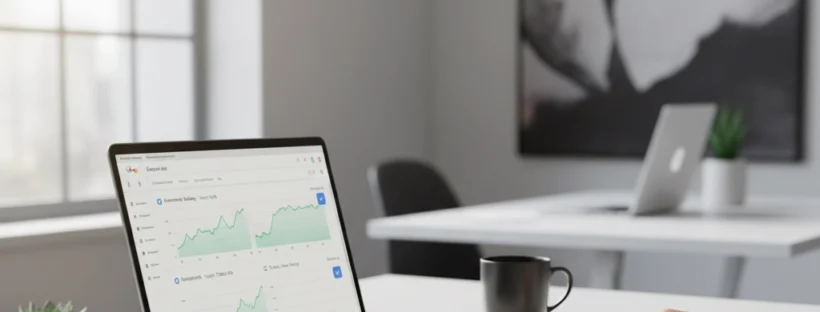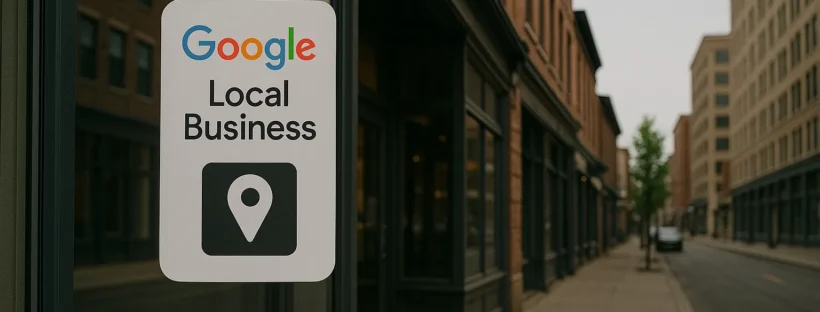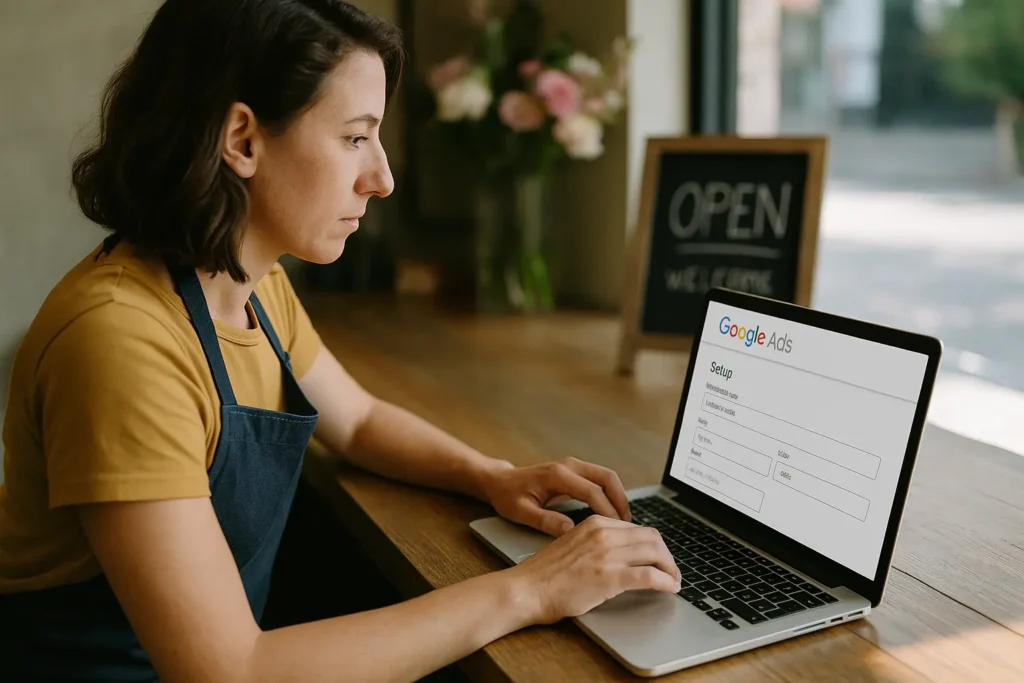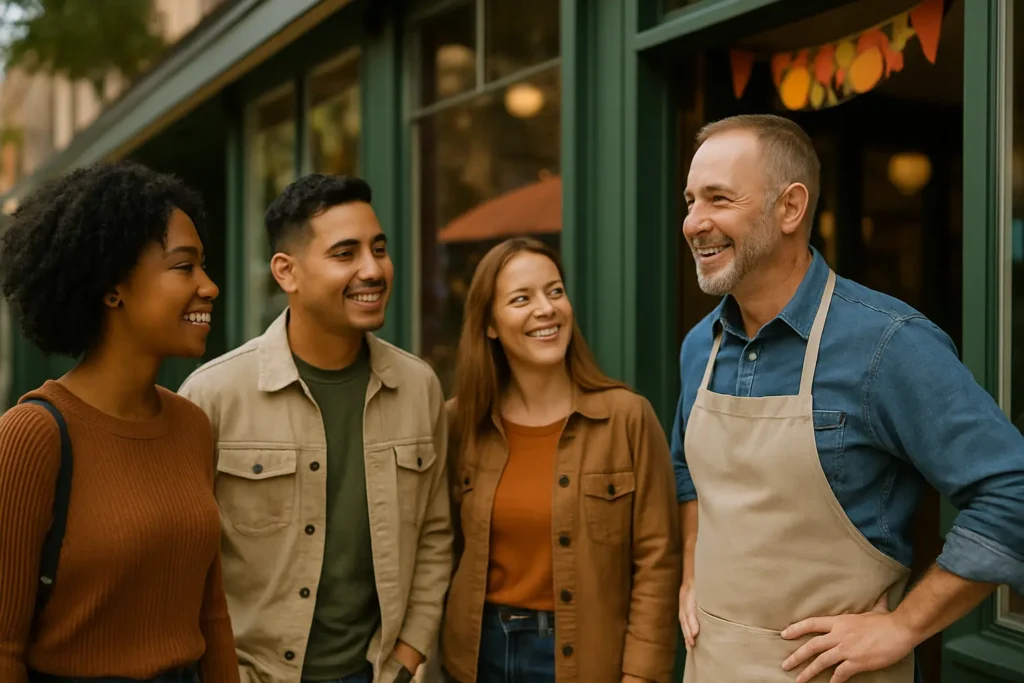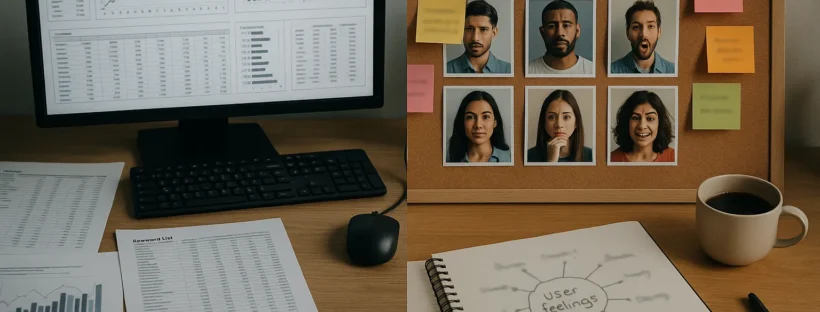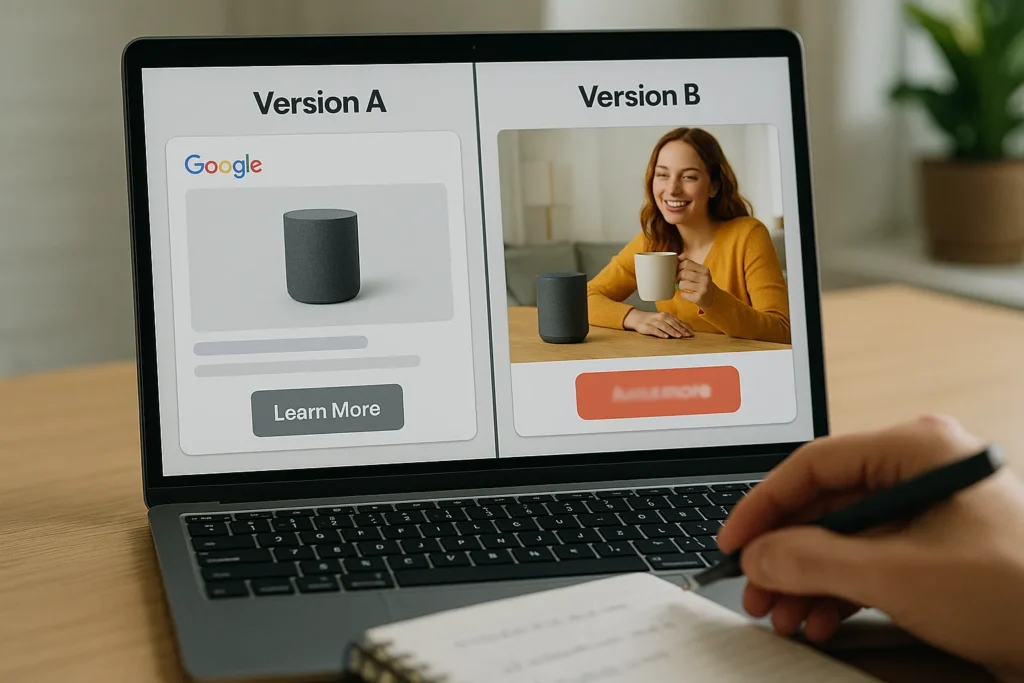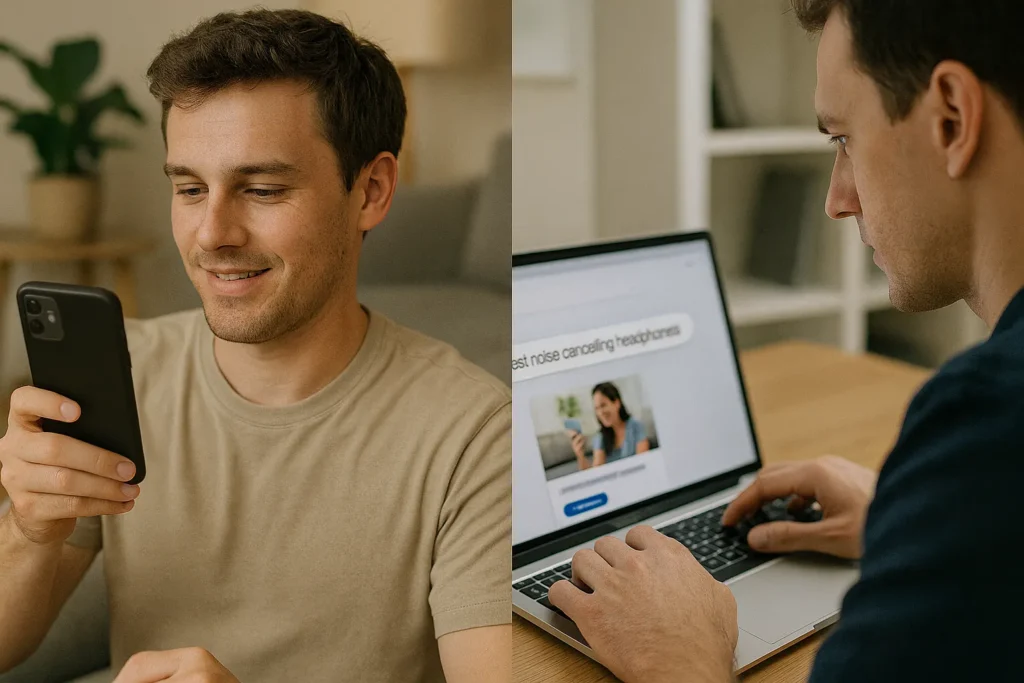Feeling lost with all the automation options Google Ads keeps throwing at you? You’re not the only one. Automated bid strategies promise to save you time and boost results. But they can also drain your ad spend if you don’t know which ones to trust.
In this guide, we will show you exactly which automation features help your campaigns and which ones need your oversight. Plus, you’ll learn how to use artificial intelligence without losing control of your budget.
Believe it or not, advertisers across Australia have used this balanced approach to improve their Google Ads performance.
Read on to discover which automation tools truly deliver results and where your business still needs human judgment.
Bidding Strategies That Bring Home Results
Automated bidding relies on machine learning to change your bids for you. No manual work required. The system tracks conversion data and adjusts faster than you could do it yourself. You just need to pick the bidding strategy that matches your goals.

Two options work best for most campaigns:
Going for Volume with Maximise Conversions
Lead generation campaigns love to maximise conversions because it focus on getting the most sign-ups your budget allows. Every lead has similar value, so the algorithm goes for quantity. It tests different bid amounts and figures out your ideal target CPA over time.
Performance improves once you have at least 30 conversions from the past month. Machine learning needs that history to make reliable decisions.
Chasing Revenue with Maximise Conversion Value
E-commerce businesses face a different challenge. A $500 purchase matters way more than a $20 one, right? This bidding strategy focuses on total conversion value instead of just counting sales.
Set your target ROAS (return on ad spend) to guide the system. Want $4 back for every $1 spent? The bid strategy works toward that goal while keeping your ad spend in check.
Pick the bidding strategy that fits what you’re trying to achieve, and the algorithm does the heavy lifting.
Broad Match with Automation: Helpful or Risky?
Google Ads automation pairs well with broad match keywords. The combo helps your campaigns reach people you wouldn’t find on your own. What’s more, your ads show up for related search terms, and the system figures out which ones bring conversions.
But here’s the problem. Broad match can waste your budget fast if the algorithm reads your keywords too loosely. For example, a coffee shop targets “best espresso” and ends up showing ads for “espresso machine repair.”
Yes, traffic increases, but conversions stay flat.
This is why you need to check your search results regularly. Look at which queries trigger your ads every week or two. Add negative keywords when you spot irrelevant searches. We also recommend that you adjust your budget if certain terms drain money without results.
Always remember, Google Ads automation improves when you guide it.
Should You Let Google Write Your Ads?
The answer depends on your goals. Generative AI pulls content from your website and creates different ad versions for your Google Ads campaigns. The technology saves time, but it comes with trade-offs.
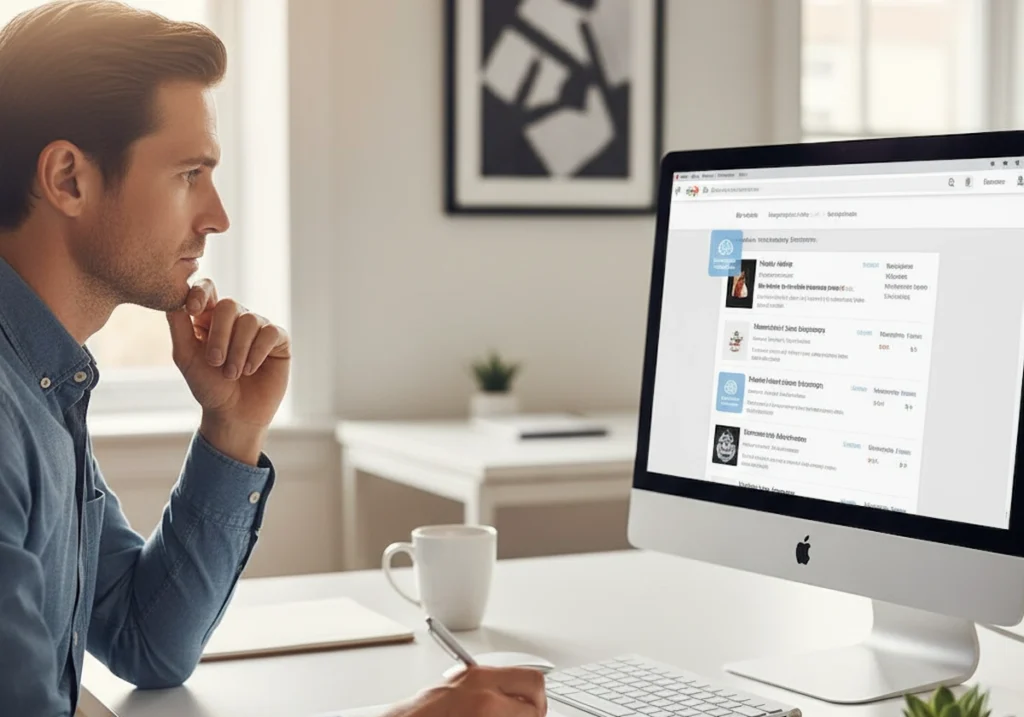
Three things you need to know about AI-generated ads:
- Faster testing cycles: Multiple Ad variations get created and tested automatically. You’ll collect performance data in days instead of spending weeks writing and launching each version manually. The system finds winning combinations faster.
- Generic brand voice: Your company’s personality doesn’t translate through algorithms. Ads might bring clicks, but they sound like everyone else’s campaigns. The truth is, customers notice when messaging feels impersonal or robotic.
- Manual work for big campaigns: Product launches need precise messaging that reflects your offer’s value. Unfortunately, AI misses those specific details. Bear in mind that marketers who review and edit the creative assets before publishing see better conversion rates than those who trust automation completely.
Automation handles some tasks well, but certain decisions still need your input.
Where Human Judgment Still Wins
Not everything in Google Ads should run on autopilot. Some decisions need someone who understands your business and knows what the data really means.
Two areas where manual control beats automation:
Adjusting Bids for High-Value Terms
High-intent search terms deserve special attention.
For instance, someone searching “buy enterprise software Sydney” has way more value than someone just looking at “software options.” What we mean by this is you can set bids higher for terms that bring qualified leads.
Reality check: the algorithm might miss those profit differences unless you step in. Yes, historical data gives some clues, but you know which conversions drive real value for your business.
Spotting What the Algorithm Overlooks
Seasonal trends affect your campaigns in ways the system doesn’t predict.

Let’s talk about Summer sales, for instance. They look completely different from the winter performance. Your target audiences change based on local events or what’s happening in your industry. Basically, conversion tracking shows you the numbers, but only you understand what’s really driving those results.
Balancing automation with manual oversight gives you the best results.
Making Automation Work for Your Business Goals
Google Ads automation saves time when you use it right. It handles the repetitive stuff so you don’t have to. Automated bidding reacts to performance changes way faster than you could adjust things manually.
But you still need to watch your campaigns and make decisions based on what you know about your business. Keep in mind, the best results come from balance.
The best results come from balance, and that’s where SlamStop comes in. We’ve worked with hundreds of campaigns. That’s why our team knows exactly when to trust automation and when to take control.
Besides, we let the system handle bid optimisation while focusing on strategy, seasonal adjustments, and protecting your budget from wasted spend.
We specialise in Google AdWords management that mixes automation with expert oversight. Get in touch with us to see how we can improve your performance.
